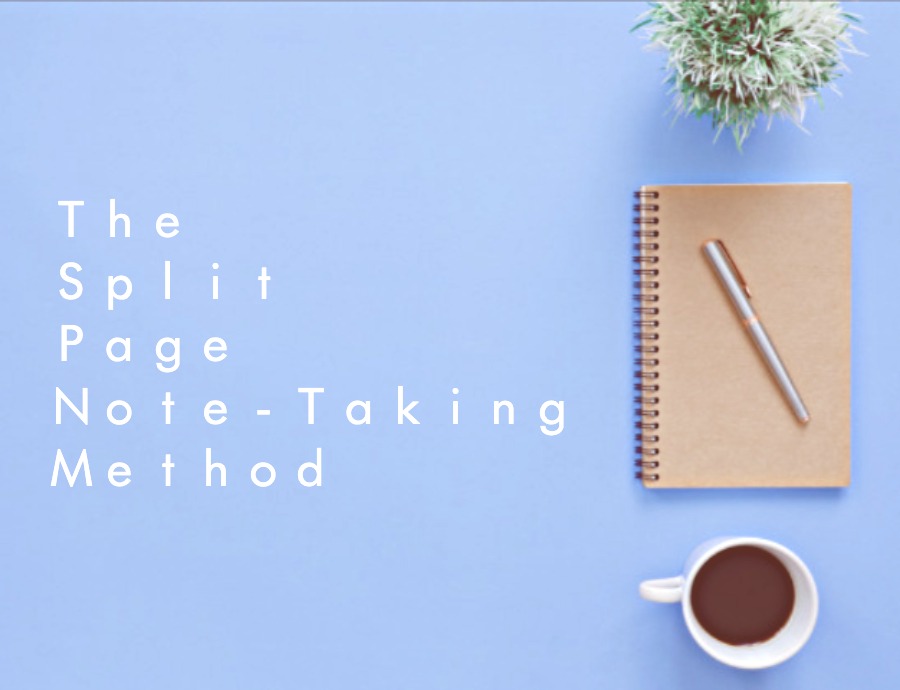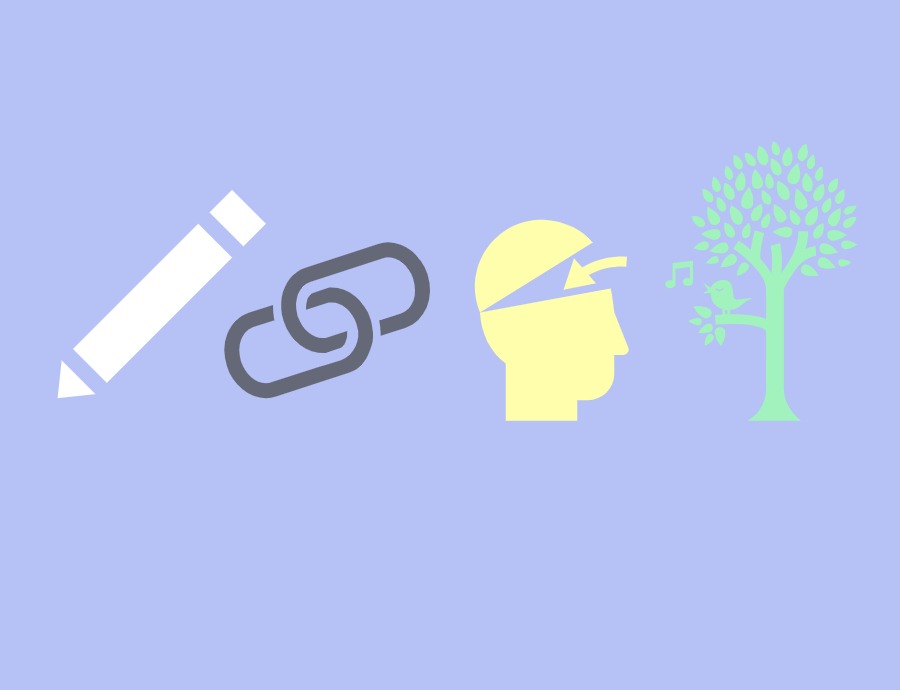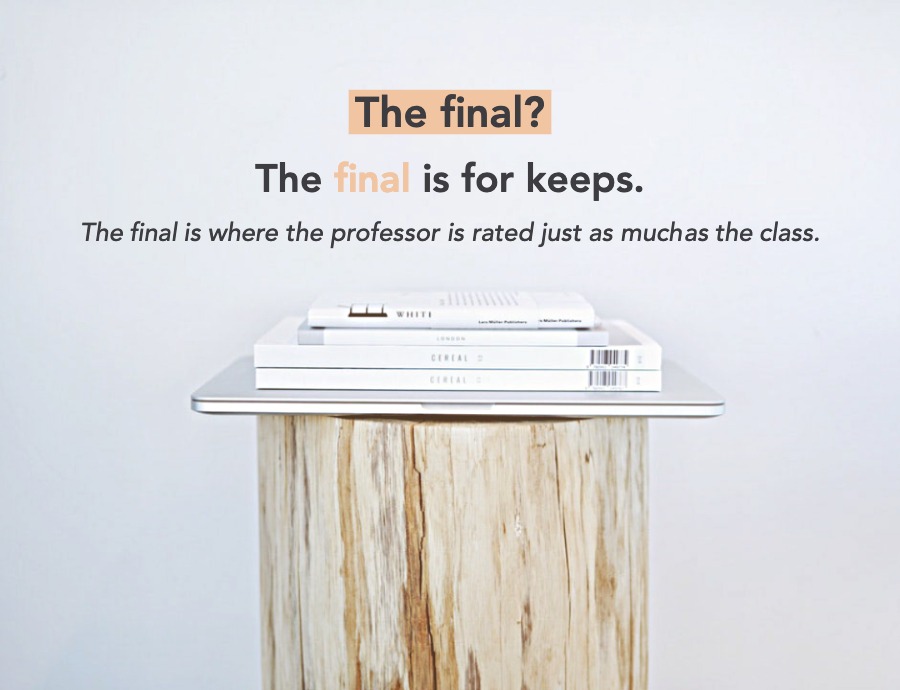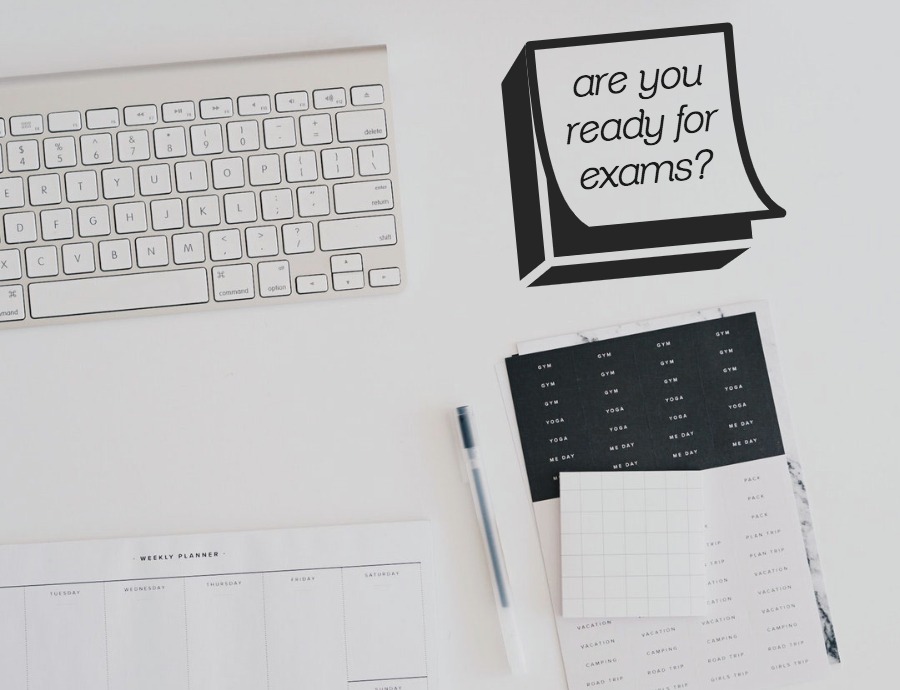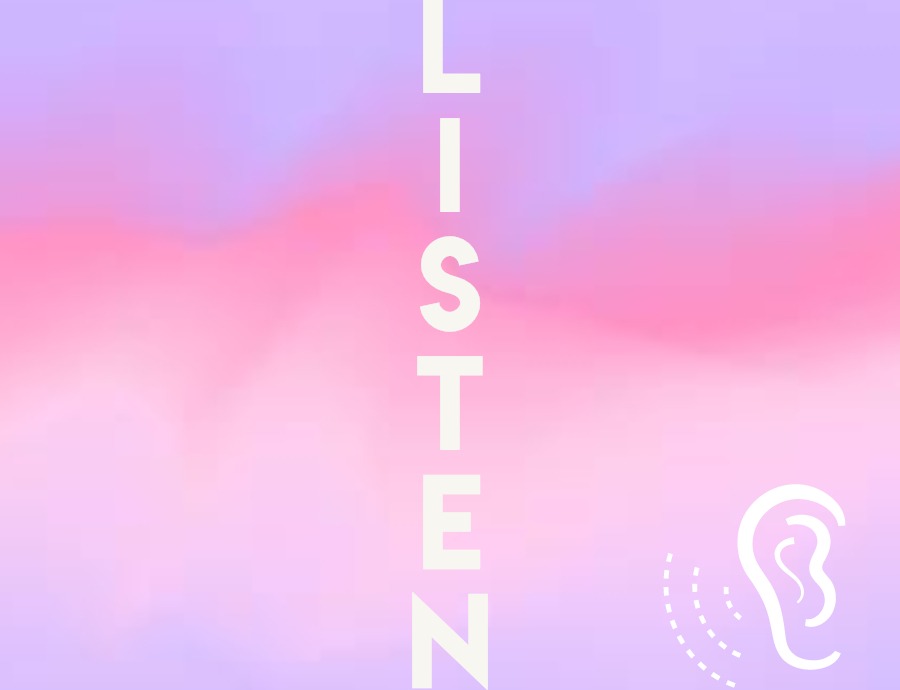To get the best grades, you need the best notes. That doesn’t mean that you should simply write down everything that the professors say. In fact, that will hinder more than help in the long run: you don’t want to be overwhelmed with information when you study, and you don’t want zero recall of the information as you start to revise. You need to take notes in such a way that you listen, you engage with the material, and you capture the most important information. There are many note taking techniques that can help you to do just that.
One technique is called the Split Page Note Taking Method. Here’s how it works:
The benefit of the technique is that you evaluate as you listen: you need to distinguish between the major titles and regular notes, between important information and tangents. The notes that you generate will also be easy to read and use later on. The information will be organized, and not packed into the page.
This is only one method of many. Find the note-taking technique that works for you.
One technique is called the Split Page Note Taking Method. Here’s how it works:
- Split the page in two by drawing a line mid-way through the page. A trick is to prepare your pages in advance so that you’re not wasting valuable lecture time fiddling with a ruler and drawing lines. You can even prepare multiple pages as you’re waiting for the lecture to begin.
- Write the major topics on the first half of the page. This first half of the page should remain fairly empty as you’re writing in the major titles only.
- Write the secondary information/secondary topics on the second half of the page. You should populate the second half of the page with notes that correspond to the major title on the other half. Write only the most important information.
- To get the most out of this method, prepare in advance. To get the best notes, you can not only prepare the paper before the lecture starts, but you can search through the slides, textbook readings, course outline, for the major topics before you listen to the lecture. That way, you’ll know where the lecture is going, and you’ll have an easier time evaluating information as you go.
The benefit of the technique is that you evaluate as you listen: you need to distinguish between the major titles and regular notes, between important information and tangents. The notes that you generate will also be easy to read and use later on. The information will be organized, and not packed into the page.
This is only one method of many. Find the note-taking technique that works for you.

